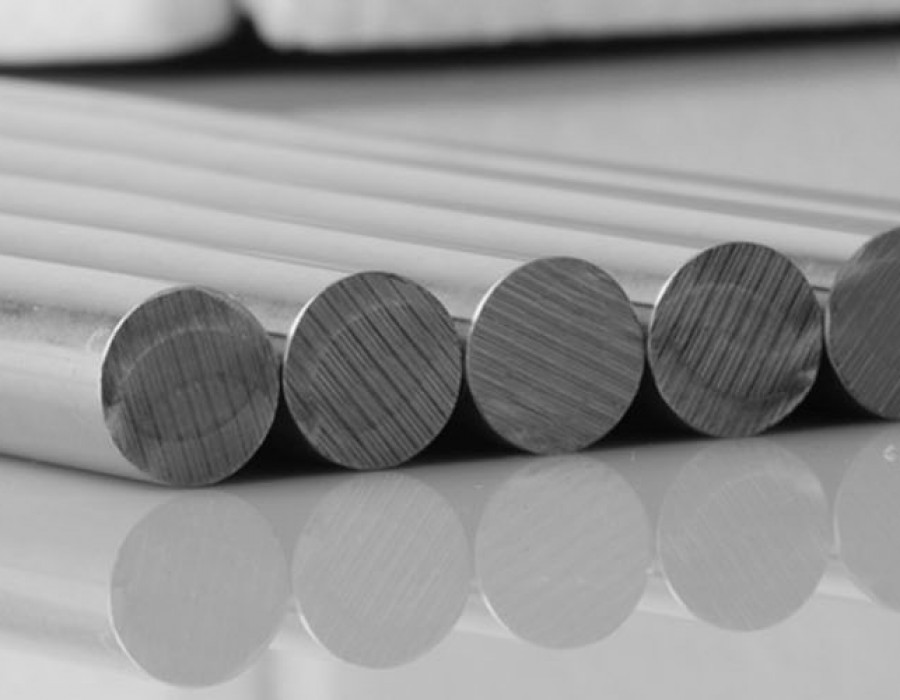AISI 1045 standard round bar is widely used in many industries and is known for its high strength and impact properties. It is widely used across all industry sectors and has good weldability and machinability. More information regarding various mechanical, chemical, other properties, etc., is found in the AISI 1045 Standard pdf.
Good weldability
AISI 1045 standard round bar has high strength and good impact properties. It is commonly used in the construction, automobile, agriculture, and machinery industries. It is found in different shapes and sizes. This steel is generally supplied in hot-rolled, normalized, or cold-drawn conditions. Typical applications of this steel include axles, gears, and connecting rods. It is also utilized in hydraulic clamps. In addition, it is known for its high tensile strength. However, it is susceptible to cracking when water quenching is applied.
For welding, the best method is to use a low-hydrogen welding process. Stick welding is a standard method for welding AISI 1045. It is also advised that interpass control be observed during the welding process. This is important to avoid cracking the weld. Moreover, it is essential to apply a coating on the weld surface. This is because the weld should be protected from direct contact with contaminants. It is crucial to choose a proper heat-treating method to ensure the appropriate mechanical properties of the finished product. Usually, this is done by tempering and quenching the steel. For example, when the temperature reaches 850degC, the plate is cooled in brine or water. After this, still, air cooling is applied.
Good machinability
AISI 1045 steel is an alloy with high strength and good machinability. It is used in many industries, such as machinery, automotive, construction, and agriculture. The strength of this steel makes it an excellent choice for applications that demand high tensile strength. It is also used for manufacturing hydraulic rams and clamps. Machine parts made from 1045 steel are produced in either normalized or hot-rolled conditions. In the normalized condition, the steel is treated by heating and cooling to promote the mechanical properties of the steel.
The hardened layer depth is decreased by 40%, and the average diameter of the ferrite grains is reduced. The surface roughness is also improved. However, mechanical properties significantly fall off as the bar approaches the center. This steel can be machined using the normalization method, but it may require a quenching and tempering treatment to improve its performance. The tensile strength of the steel is approximately 570-700 MPa.
High strength and impact properties
AISI 1045 is a medium-carbon steel with good impact properties and excellent tensile strength. It is used for making axles, connecting rods, hydraulic rams, bolts, and other structural parts that require high strength. The alloy is easily machined and offers good corrosion resistance. It is commonly used in the agriculture and automotive industries. The hardness of AISI 1045 is between 170-210 Brinell. It can be forged, annealed, tempered, or normalized. Its surface can be flame or induction-hardened. However, welding is not recommended in through-hardened conditions. During welding, it is essential to follow proper procedures. The welding process should be performed with low hydrogen electrodes.
The tensile strength of AISI 1045 is around 570-700 MPa. The elongation of AISI 1020 is about 310 to unspecified Mpa. The extension of a section of 1045 steel up to 60 mm can be through-hardened, but sections of 1020 steel are not recommended for through-hardening. It is essential to understand that the tensile strength of a section of 1045 steel depends on the quenching medium. The quenching medium is also responsible for the surface hardness of the steel.
Widely used across all industry sectors
AISI 1045 round bars are characterized by high strength and impact properties. In particular, they are ideal for manufacturing parts with high strength and wear resistance. They are used in a wide variety of applications. They are also available in various sizes, shapes, and finishes. The tensile strength of 1045 steel ranges from 570 to 700 MPa. It is commonly used in automotive and construction industries, where it is suited for applications that need more strength. These include axles, bolts, and spindles.
Although the tensile strength of 1045 is higher than that of low-carbon mild steels, it is not as hard as those of higher-strength steels. However, its machinability is relatively good, and its through-hardening capacity is limited. Nevertheless, it is a prevalent choice for applications requiring medium-carbon steel. AISI 1045 is usually supplied in a normalized or hot-rolled condition. It may also be forged. Its surface hardness is affected by the type of quenching medium used. The maximum surface hardness of the steel after hardening is Rockwell C 54 to 60.





Comments